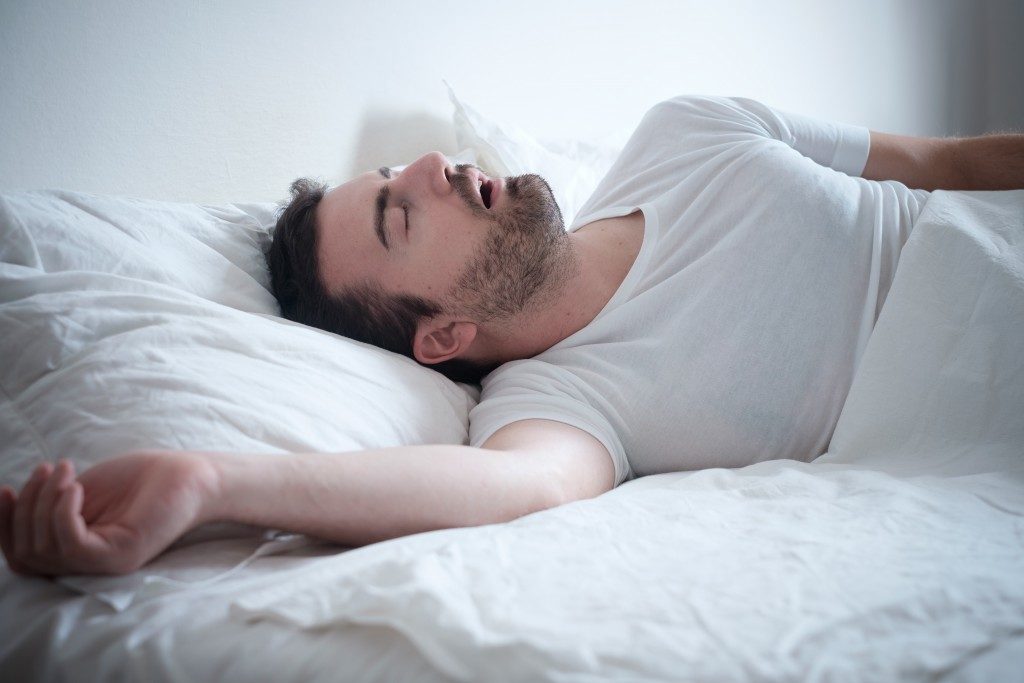Sleep apnea is a breathing disorder that occurs while the person is asleep. This sleep disorder is one of the major health problems in the United States. In fact, around 22 million Americans have sleep apnea.
Sleep apnea happens when a person’s breathing repeatedly stops and starts while sleeping. The involuntary pause in breathing is a result of a blocked airway or a signaling problem that is happening in the brain. However, once the airway opens or the breathing signal has been received, the person will either take a deep breath, snort, or suddenly be awaken.
In Denver and other parts of Colorado, an ear, nose, and throat or ENT doctor offers different ways to treat sleep apnea. Mostly, they start with trying to restore normal breathing first, which most of the time end the disorder without having to use any special devices or undergo any procedure. The ENT doctor will first examine the patient and ask for imaging tests to have a better look at the airways.
The nasal passages and sinuses, tonsils and adenoids, uvula and soft palate will all be checked to know if any of them are causing obstruction. In cases where a blockage is seen in any of these structures, the ENT will then remove the blockage and restore normal breathing.
 A continuous positive airway pressure or a CPAP is another treatment for sleep apnea. A CPAP machine uses a hose and a mask or a nosepiece to deliver stable air pressure. It can also help decrease snoring. The machine consists of a filter and a small tank of water that works as a humidifier. The tube of the CPAP connects the unit to the mask that is placed over the face while sleeping. CPAP is the most common and effective non-surgical treatment for sleep apnea. Over time, it lowers blood pressure, decreases daytime sleepiness and lessens heart problems.
A continuous positive airway pressure or a CPAP is another treatment for sleep apnea. A CPAP machine uses a hose and a mask or a nosepiece to deliver stable air pressure. It can also help decrease snoring. The machine consists of a filter and a small tank of water that works as a humidifier. The tube of the CPAP connects the unit to the mask that is placed over the face while sleeping. CPAP is the most common and effective non-surgical treatment for sleep apnea. Over time, it lowers blood pressure, decreases daytime sleepiness and lessens heart problems.
For those who are experiencing severe sleep apnea, if non-surgical treatment does not work, then it is recommended to get a surgical procedure. So what are some sleep apnea surgical procedures?
- Radiofrequency volumetric tissue reduction. RFVTR treatment uses radiofrequency waves in order to at least shrink or removes tissues at the back of the throat to clear the airway. This is mostly done to patients who are not able to use a CPAP machine. However, it is important to remember that this procedure is mostly done to patients with snoring problems, although it may also help treat sleep apnea.
- Uvulopalatopharyngoplasty. This is one of the most common procedures to treat sleep apnea, however, it may not be the most effective. A uvulopalatopharyngoplasty procedure removes the extra tissue from the top of the throat until the back of the mouth. Like the RFVTR treatment, this is also done to those who can’t use a CPAP machine and is most likely used to treat snoring.
- Hypoglossal nerve stimulator. This is one of the newer treatment options, which involves attaching an electrode to the hypoglossal nerve, which controls the tongue. The electrode is then connected to a device. The hypoglossal nerve stimulator works when the patient stops breathing in their sleep. It then prompts the tongue muscles to keep them from obstructing the airway.
Untreated sleep apnea may result in severe problems. Anyone who is experiencing daytime sleepiness, loud snoring, or waking up with a choking sensation should seek help from a doctor regarding their symptoms.

